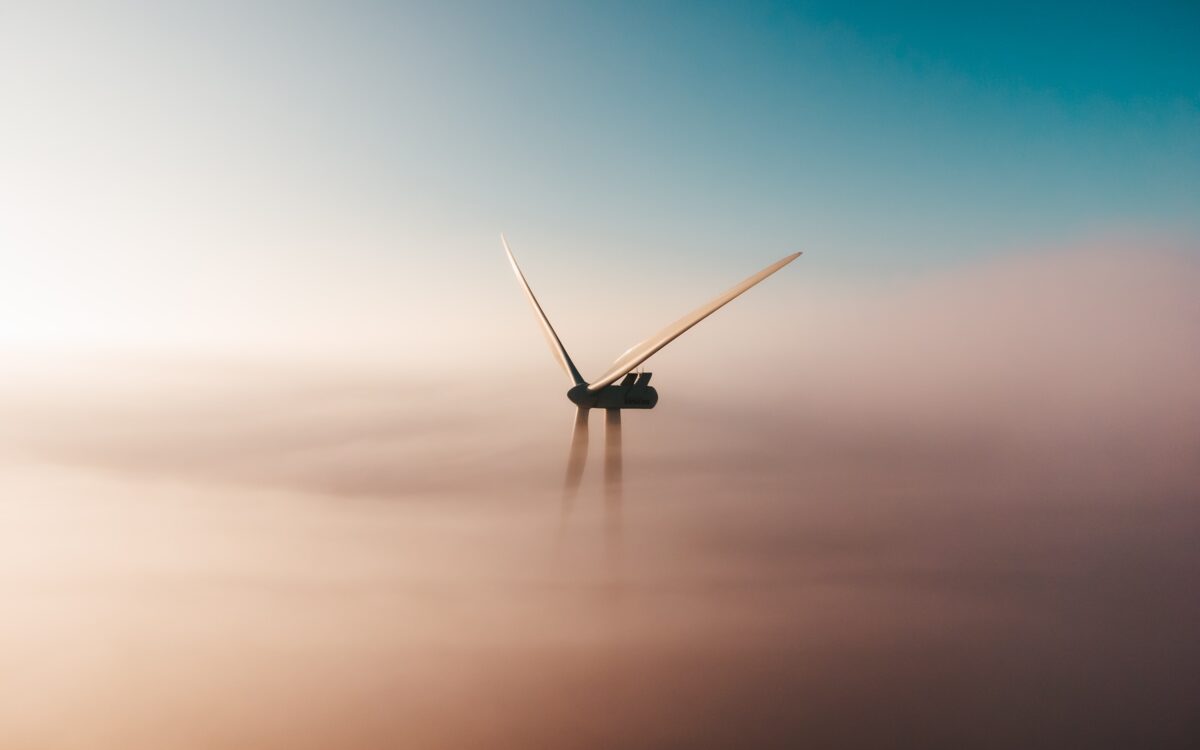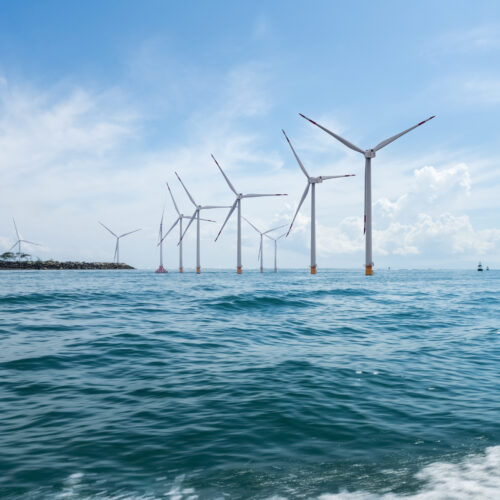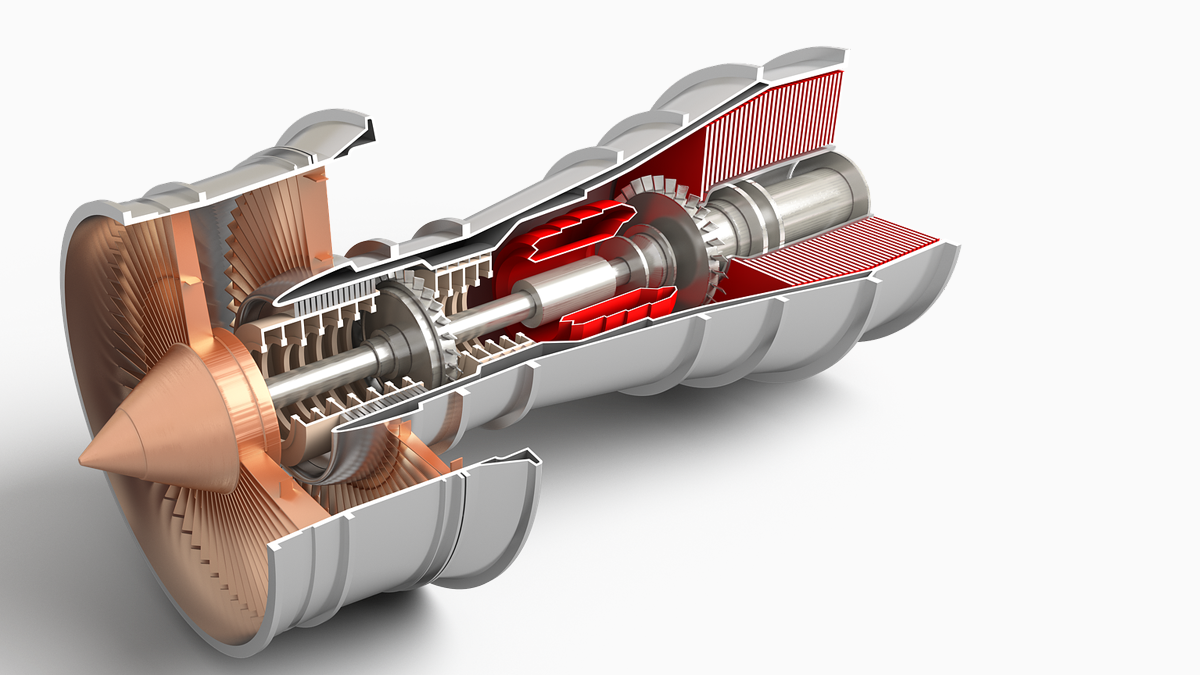Wind power is one of the fastest-growing sources of renewable energy in the world. It has the potential to provide a significant portion of our energy needs while reducing our dependence on fossil fuels. However, one of the main challenges with wind power is its variability. The amount of wind energy that can be generated varies greatly depending on local weather conditions, making it difficult to rely on wind energy as a consistent source of power. This is where energy storage comes into play.
What is Energy Storage?
Energy storage is the process of capturing and storing energy generated by renewable sources, such as wind or solar power, so that it can be used later when it’s needed. Energy storage systems are essentially batteries for renewable energy. They allow us to store excess energy when it’s available and use it when it’s not, making renewable energy more reliable and consistent.
The Benefits of Energy Storage for Wind Power
There are several benefits to using energy storage systems in conjunction with wind power:
- 1. Improved Reliability: Energy storage systems can store excess wind energy when it’s available and use it when it’s not, making wind power more reliable and consistent. This helps to reduce the impact of fluctuations in wind energy output, ensuring a steady supply of power even when the wind is not blowing.
- 2. Increased Energy Efficiency: Energy storage systems can also help to increase the overall energy efficiency of wind power. By storing excess energy when it’s available and using it when it’s not, energy storage systems reduce the amount of energy that is lost or wasted.
- 3. Enhanced Grid Integration: Energy storage systems can also enhance the integration of wind power into the electrical grid. By storing wind energy when it’s available, energy storage systems help to even out fluctuations in wind energy output, making it easier to integrate wind power into the grid and reducing the need for backup power sources.
Types of Energy Storage Systems for Wind Power
There are several different types of energy storage systems that can be used in conjunction with wind power. Some of the most common types include:
- 1. Batteries: Batteries are one of the most common types of energy storage systems for wind power. They are used to store excess wind energy when it’s available and use it when it’s not.
- 2. Pumped Hydro Storage: Pumped hydro storage systems use excess wind energy to pump water from a lower reservoir to an upper reservoir. When wind energy is needed, the water is released back into the lower reservoir, generating electricity.
- 3. Compressed Air Energy Storage: Compressed air energy storage systems use excess wind energy to compress air, which is then stored in underground caves or tanks. When wind energy is needed, compressed air is released, generating electricity.
- 4. Flywheel Energy Storage: Flywheel energy storage systems use excess wind energy to spin a flywheel, which stores the energy in the form of kinetic energy. When wind energy is needed, the flywheel slows down, generating electricity.
Conclusion
Energy storage systems are an essential component in making wind power more reliable and consistent. By storing excess wind energy when it’s available and using it when it’s not, energy storage systems help to reduce the impact of fluctuations in wind energy output and enhance the integration of wind power into the electrical grid. With the growing demand for renewable energy, energy storage systems are likely to play an increasingly important role in the future of wind power.




